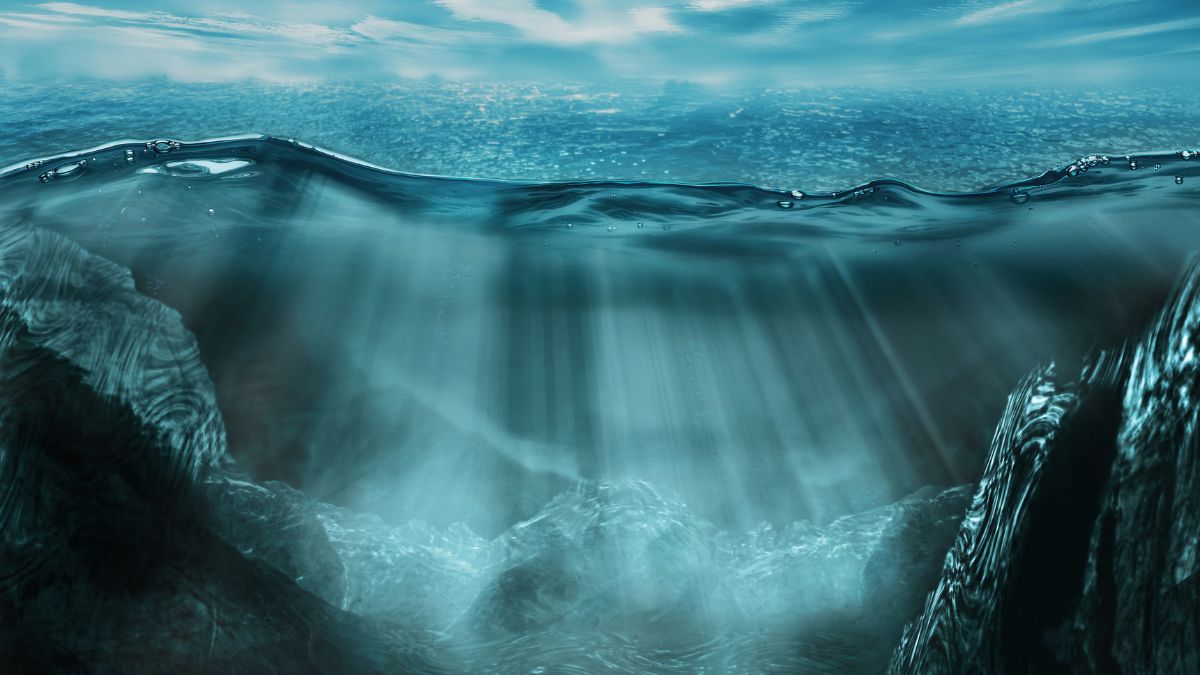"Dream, Dream, Dream! Conduct these dreams into thoughts, and then transform them into action."
- Dr. A. P. J. Abdul Kalam
"Dream, Dream, Dream! Conduct these dreams into thoughts, and then transform them into action."
- Dr. A. P. J. Abdul Kalam
5 Apr 2024
As everyone knows, a significant portion of Earth is made up of seas. What if, however, we informed you that the volume of all the water in the planet's surface seas was contained in a reservoir 700 kilometers underneath the planet? That is accurate since scientists have just made the same discovery, and we are here to provide you with all the information. It is anticipated that the reservoir found by scientists from Northwestern University in Evanston, Illinois, can retain three times the amount of water that is now on Earth. Indeed, it was reported in a Hindustan Times story that this water reservoir is located around 700 kilometers below the Earth's surface. In an attempt to comprehend the genesis of the water on Earth, this finding was made. It's important to note that ringwoodite, a blue rock, hides this massive ocean under the Earth's mantle. As it occurs, the theory on the origin of the earth's water is called into question by this most recent finding, as most people think that comet impacts are the source.
Consequently, the most recent finding suggests that the seas may have leaked from the Earth's core! Just in case they were curious, the researchers used data from over 2000 seismographs located all around the United States. They then examine the seismic waves from more than 500 earthquakes. Because waves slow down when they pass over moist rock in the earth's deepest layers, scientists have concluded that there is a significant amount of water present.

( Source: Google Images)
Scientists are now more interested than ever in examining global seismic data! ~
Nonetheless, scientists have created an internal map of Earth by examining how earthquakes propagate through various materials. Years ago, the 'blobs' were detected in this manner. The term "ultra-low velocity zones" describes them. Recently, a group of experts from throughout the world decided to find new ultra-low velocity zones using an algorithm—a computer software used to investigate stars. The name of the algorithm is Sequencer. It is intended to search for trends by sifting through big astronomical datasets. After making minor modifications, it worked well when they used it to scan through thirty years worth of seismic (earthquake) data. It exposed an ultra-low velocity zone beneath the South Pacific's Marquesas Islands that had not been discovered before. It also demonstrated the considerably wider known ultra-low velocity zone beneath Hawaii than previously thought. These all imply that the interior of the Earth is more "blobby" than previously believed.
There have been speculations in the past suggesting that comet impacts may have brought water to Earth. This new information, however, points to a different theory: the planet's seas could have formed long ago in its interior and slowly seeped out over millennia. The primary researcher, Steven Jacobsen, emphasized the discovery's transformational potential by pointing out that without this underground reserve, Earth's water would be limited to its surface, making only the summits of mountains visible. Furthermore, the idea that water may penetrate the mantle of Earth and move through the grains of rock has the power to completely reinterpret how we now perceive the planet's water cycle. Seismic data is being collected from various parts of the world to provide light on how frequently mantle-melting episodes occur.
)
( Source: Google Images)
The recent discovery of the massive reservoir has unveiled a fascinating new chapter in our understanding of the planet's composition and history. Contrary to previous theories attributing the origin of Earth's water to comet impacts, this groundbreaking finding suggests that vast oceans may have gradually leaked from the planet's core over millennia. Led by scientists from Northwestern University, this discovery challenges conventional notions of Earth's water cycle and highlights the dynamic interplay between its interior and surface. As seismic data continues to illuminate the Earth's hidden depths, we stand on the brink of transformative insights that could reshape our understanding of the planet's geological processes and its fundamental relationship with water.